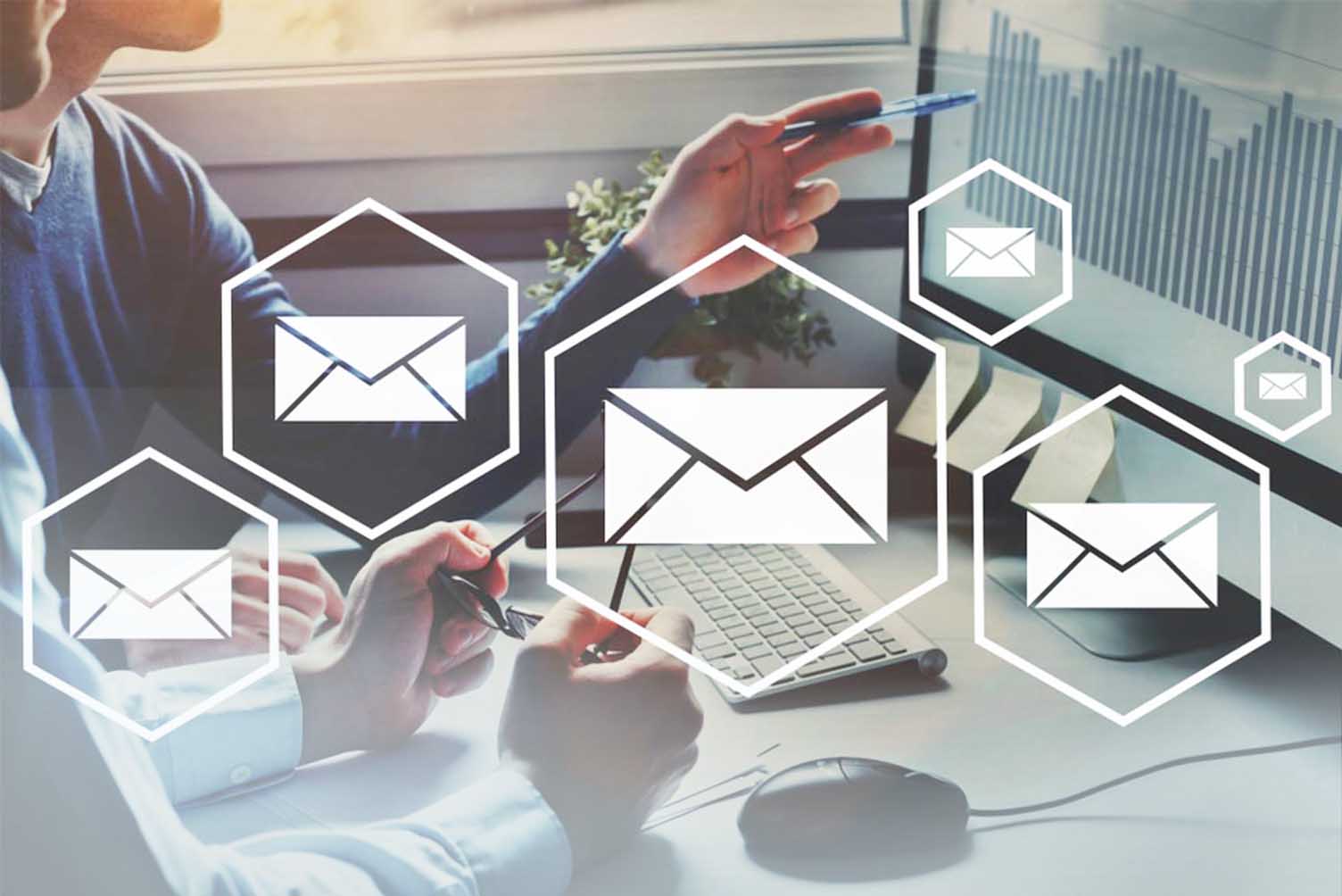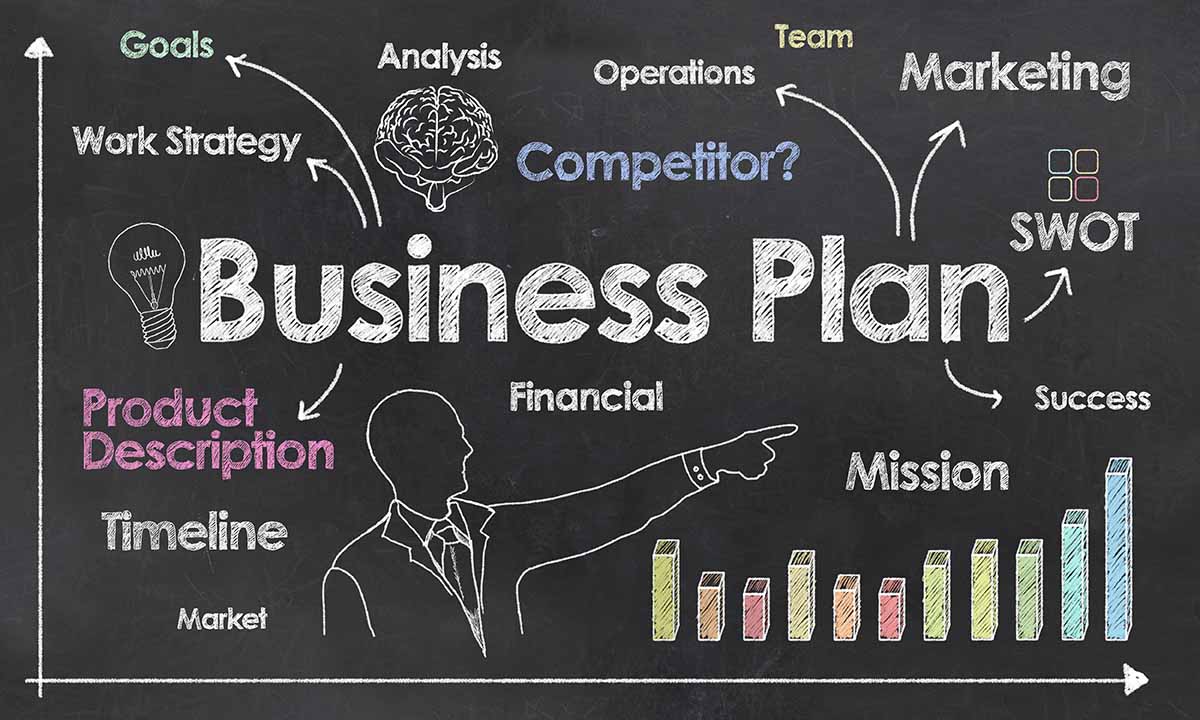1. Start building your email lists
Email lists can be pure gold for your rental business, but you need to know how to collect email addresses from potential customers in a GDPR-friendly manner. There are many approaches to finding these potential customers, and we suggest experimenting with different techniques to determine which one works best for you. Doing so will help you get the most out of your efforts as well as maximize customer engagement.
If you want to create lists of accurate email addresses from your ideal customers, ask them to join your newsletter list or offer something worthwhile in exchange for their contact information. Give them useful knowledge that will serve as an investment in the long-term—this way, not only can you gain their trust but also construct a quality lead pool for your business.
2. Create content and share your knowledge
As a rental business, your team has a lot of knowledge about the products they rent out and also what equipment is suitable for what activities. This is valuable information that you can share with customers and potential customers in exchange for their email addresses. This may be content in the form of:
- PDFs
- E-books
- Videos
- Webinars
- Courses
- Demos
Read more about how to create content for your rental business.

To collect email addresses you will need to use an email marketing tool like Mailchimp or Hubspot, to create contact forms on your website and to automatically generate those email addresses to your lists. Make sure you get into the GDPR and ask for consent to contact those who leave their email address.
In your choosen email marketing tool you can design your template and specialize it to your brand. It is important to use a professional-looking email template. Make sure your emails look professional and are easy to read. Use a clean and clear layout, and include your business’s logo and branding. When you’re using these marketing tools you will get useful statistics from your email campaigns.
Remember to segment your email lists. This will allow you to send targeted and relevant emails to different groups of customers. For example, you could segment your list based on location, rental history, or preferences.
4. Send newsletters and run marketing campaigns
When you have started to get email addresses on your lists you should plan a strategy for your newsletters or email marketing campaigns. Newsletters are a cheap and useful method to remind existing customers and potential customers that your service exists. Too many companies are failing to exploit the untapped potential of their customer list. By leveraging this invaluable resource, they could easily increase sales and improve profitability.
To get started with newsletters, you can start by sending out newsletters every quarter. The content you communicate with your customers and potential customers can be anything from product or business news, tips, and advice from your field of expertise, or promotional campaigns. A good mix of this often gives the best results.

5. Optimize your email marketing
When you are sending out an email, use a clear and compelling subject line. When crafting the subject line of your emails, make sure it grabs attention and accurately conveys what’s inside. Utilize relevant keywords that describe the contents to ensure readers will open it, but avoid over exaggerations or phrases that could be mistaken for spam.
You should always personalize your emails. By customizing your emails with factors like customer names, you can move away from an impersonal tone and make the conversation feel more natural. Personalization is key to making sure that each of your emails is relevant and engaging for customers.
And finally, remember to test and optimize your emails. Take advantage of A/B testing to optimize your email performance. Experiment with multiple subject lines, designs, and calls-to-action to identify what works best for you. With the data collected from these tests, revise your emails to provide superior results.




